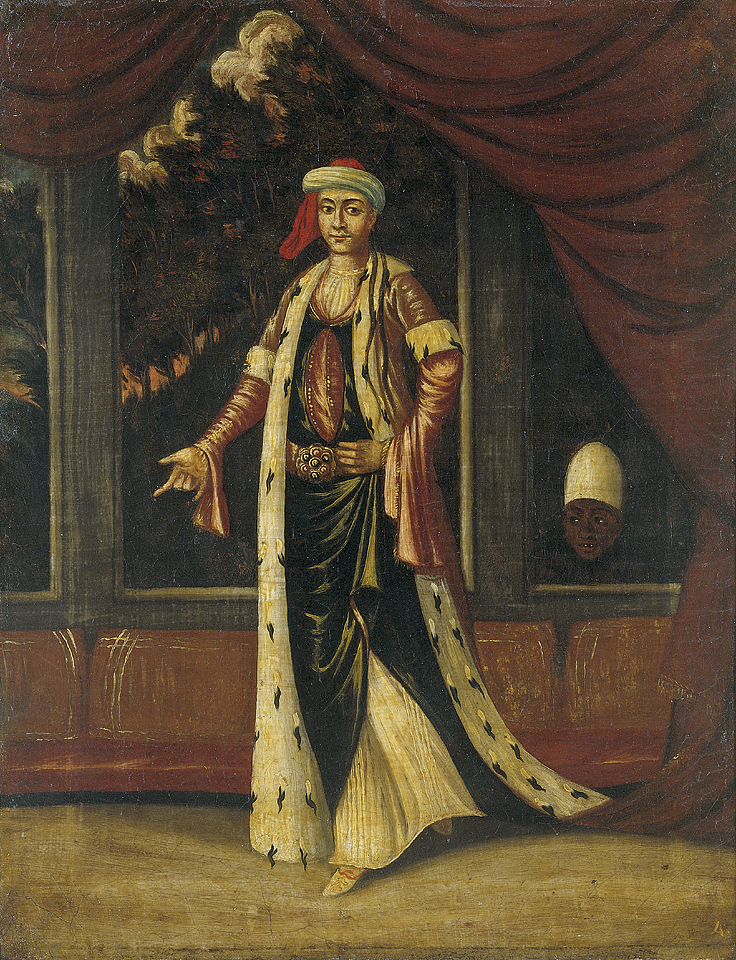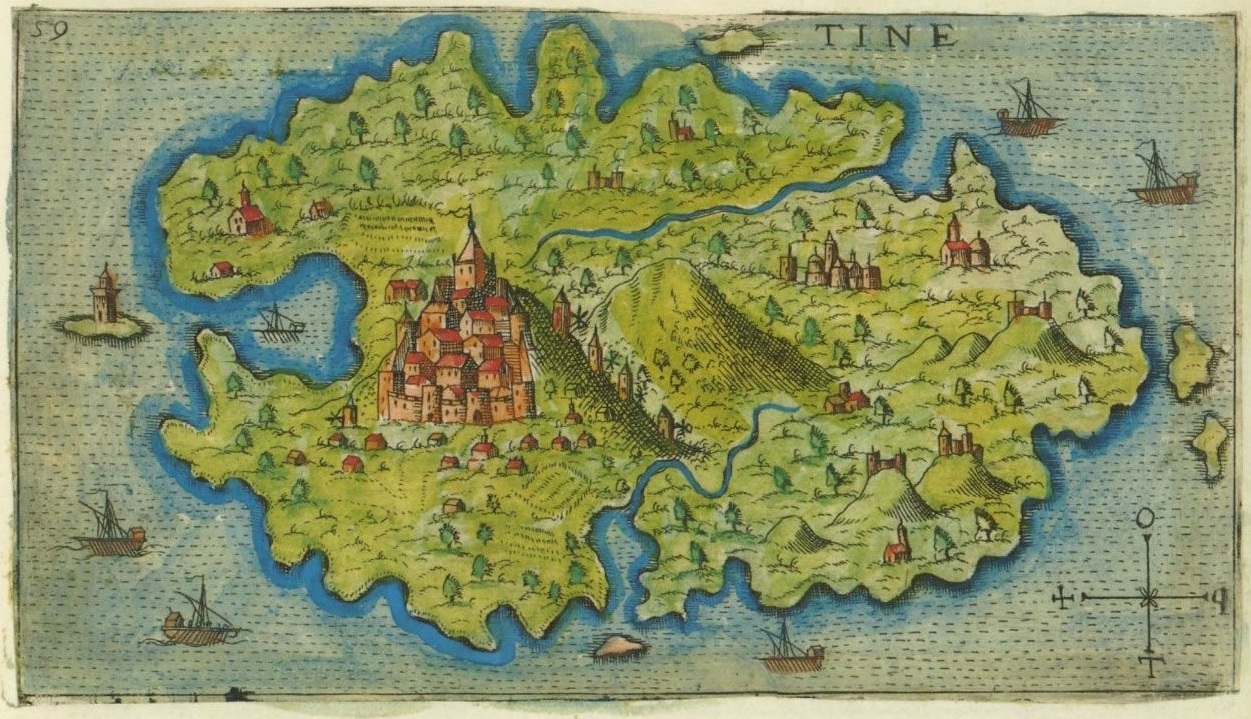|
Valide Sultan
Valide Sultan ( ota, والده سلطان, lit. "Sultana mother") was the title held by the mother of a ruling sultan of the Ottoman Empire. The Ottomans first formally used the title in the 16th century as an epithet of Hafsa Sultan (died 1534), mother of Sultan Suleyman I (), superseding the previous epithets of Valide Hatun (lady mother), '' mehd-i ulya'' ("cradle of the great"). or "the nacre of the pearl of the sultanate". Peirce, Leslie P., ''The Imperial Harem: Women and Sovereignty in the Ottoman Empire'', Oxford University Press, 1993, (paperback) Normally, the living mother of a reigning sultan held this title. Those mothers who died before their sons' accession to the throne never received the title of . In special cases sisters, grandmothers and stepmothers of a reigning sultan assumed the title and/or the functions . Term The word () literally means 'mother' in Ottoman Turkish, from Arabic . The Turkish pronunciation of the word is . Sultan (, ) is an Arabic ... [...More Info...] [...Related Items...] OR: [Wikipedia] [Google] [Baidu] |
Ottoman Empire
The Ottoman Empire, * ; is an archaic version. The definite article forms and were synonymous * and el, Оθωμανική Αυτοκρατορία, Othōmanikē Avtokratoria, label=none * info page on book at Martin Luther University) // CITED: p. 36 (PDF p. 38/338) also known as the Turkish Empire, was an empire that controlled much of Southeast Europe, Western Asia, and Northern Africa between the 14th and early 20th centuries. It was founded at the end of the 13th century in northwestern Anatolia in the town of Söğüt (modern-day Bilecik Province) by the Turkoman tribal leader Osman I. After 1354, the Ottomans crossed into Europe and, with the conquest of the Balkans, the Ottoman beylik was transformed into a transcontinental empire. The Ottomans ended the Byzantine Empire with the conquest of Constantinople in 1453 by Mehmed the Conqueror. Under the reign of Suleiman the Magnificent, the Ottoman Empire marked the peak of its power and prosperity, as well a ... [...More Info...] [...Related Items...] OR: [Wikipedia] [Google] [Baidu] |
şehzade
''Şehzade'' ( fa, شهزاده) is the Ottoman form of the Persian title '' Shahzadeh'', and refers to the male descendants of an Ottoman sovereign in the male line. This title is equivalent to " prince of the blood imperial" in English. Origin ''Şehzade'' derives from the Persian word '' shahzadeh'' or ''shahzada''. In the realm of a shah (or shahanshah), a prince or princess of the blood was logically called ''shahzada'', the term being derived from "shah" using the Persian patronymic suffix '' -zādeh'' or '' -zada'', meaning "son of", "daughter of", "descendant of", or "born of". However, the precise full styles can differ in the court traditions of each monarchy. Usage in Ottoman royalty In Ottoman royalty, the title ''şehzade'' designates male descendants of sovereigns in the male line. In formal address, this title is used with title ''sultan'' before a given name, reflecting the Ottoman conception of sovereign power as a family prerogative. Only a ''şehzade'' had ... [...More Info...] [...Related Items...] OR: [Wikipedia] [Google] [Baidu] |
Umm Walad
An ''umm walad'' ( ar, أم ولد, , lit=mother of the child) was the title given to a slave-concubine in the Muslim world after she had born her master a child. She could not be sold, and became automatically free on her master's death. The offspring of an ''umm walad'' were free and considered legitimate children of their father, including full rights of name and inheritance. The practice was a common way for slave girls endowed with beauty and intelligence to advance in the court, especially if they gave birth to sons; under the Caliphates, quite a few of them were raised in rank to queen. Few of them had been fortunate enough to be valide sultan (mother of the king). Unacknowledged slave mother If an unmarried slave bore a child and the slave owner did not acknowledge parenthood, then the slave had to face zina charges.FREE FATHERS, SLAVE MOTHERS AND THEIR CHILDREN: A CONTRIBUTION TO THE STUDY OF FAMILY STRUCTURES IN AL-ANDALUS Cristinadela Puente; Imago TemporIs. medIum ... [...More Info...] [...Related Items...] OR: [Wikipedia] [Google] [Baidu] |
Turhan Sultan
Turhan Hatice Sultan ( ota, تورخان سلطان, "''nobility of the Khan''" or ''mercy of the Khan'' " and "''respecful lady''"; 1627 – 4 August 1683) was the first Haseki Sultan of the Ottoman Sultan Ibrahim (reign 1640–48) and Valide Sultan as the mother of Mehmed IV (reign 1648–87). Turhan was prominent for the regency of her young son and her building patronage. She and her mother-in-law, Kösem Sultan, are the only two women in Ottoman history to be regarded as official regents and had supreme control over the Ottoman Empire. As a result, Turhan became one of the prominent figures during the era known as Sultanate of Women. As imperial consort Of Rus' origin, [Baidu] |
Kösem Sultan
Kösem Sultan ( ota, كوسم سلطان, translit=;, 1589Baysun, M. Cavid, s.v. "Kösem Walide or Kösem Sultan" in ''The Encyclopaedia of Islam'' vol. V (1986), Brill, p. 272 " – 2 September 1651), also known as Mahpeyker SultanDouglas Arthur Howard, The official History of Turkey, Greenwood Press, , p. 195 ( fa, ماه پيكر;, ), was the chief consort and legal wife of the Ottoman Sultan Ahmed I, valide sultan as the mother of sultans Murad IV and Ibrahim, and ''büyük'' ("elder") valide sultan as the grandmother of Sultan Mehmed IV. She became one of the most powerful and influential women in Ottoman history, as well as a prominent and controversial figure during the period known as the Sultanate of Women. Born in Tinos, then part of the Republic of Venice, to a Greek Orthodox priest, she was kidnapped and sold as a slave in Bosnia before being sent to the imperial harem in Constantinople, the Ottoman capital. There she rose to prominence, becoming the favourite o ... [...More Info...] [...Related Items...] OR: [Wikipedia] [Google] [Baidu] |
Safiye Sultan (wife Of Murad III)
Safiye Sultan ( ota, صفیه سلطان; "''pure''" 1550 – 20 April 1619) was the Haseki Sultan (chief consort) of Murad III and Valide Sultan of the Ottoman Empire as the mother of Mehmed III and the grandmother of Sultans: Ahmed I and Mustafa I. Safiye was also one of the eminent figures during the era known as the Sultanate of Women. She lived in the Ottoman Empire as a courtier during the reigns of seven sultans: Suleiman the Magnificent, Selim II, Murad III, Mehmed III, Ahmed I, Mustafa I, and Osman II. After the death of Selim II in 1574, Prince Murad took the throne as the new sultan in Constantinople under the name of Murad III. Safiye was by his side and moved with him to Topkapi Palace, and less than a year into his reign she received the title of Haseki Sultan (chief consort), which placed her above the princesses. Nurbanu, her Mother-in-law, who was with them as the Sultan's mother, was upset with Safiye's influence on Murad and wanted to replace her w ... [...More Info...] [...Related Items...] OR: [Wikipedia] [Google] [Baidu] |
Murad III
Murad III ( ota, مراد ثالث, Murād-i sālis; tr, III. Murad; 4 July 1546 – 16 January 1595) was Sultan of the Ottoman Empire from 1574 until his death in 1595. His rule saw battles with the Habsburgs and exhausting wars with the Safavids. The long-independent Morocco was at a time made a vassal of the empire but they would regain independence in 1582. His reign also saw the empire's expanding influence on the eastern coast of Africa. However, the empire would be beset by increasing corruption and inflation from the New World which led to unrest among the Janissary and commoners. Relations with Elizabethan England were cemented during his reign as both had a common enemy in the Spanish. He was a great patron in the arts where he commissioned the '' Siyer-i-Nebi'' and other illustrated manuscripts. Early life Born in Manisa on 4 July 1546, Şehzade Murad was the oldest son of Şehzade Selim and his powerful wife Nurbanu Sultan. He received a good education and learned ... [...More Info...] [...Related Items...] OR: [Wikipedia] [Google] [Baidu] |
Nurbanu Sultan
Nurbanu Sultan ( ota, نور بانو سلطان; "''Queen of light''", 1525 – 7 December 1583) was Haseki Sultan of the Ottoman Empire as the principal consort of Sultan Selim II (reign 1566–1574), his legal wife, as well Valide Sultan (Sultan's mother) as the mother of Sultan Murad III (reign 1574–1583). She was one of the most prominent figures during the time of the Sultanate of Women. Conflicting theories ascribe her a Venetian, Jewish or Greek origin. Her birth name may have been Cecilia Venier-Baffo, Rachel or Kalē Kartanou.Arbel, Benjamin, ''Nur Banu (c. 1530-1583): A Venetian Sultana?'', Turcica, 24 (1992), pp. 241-259. Theories about her origin There are several theories about the ethnic roots of Nurbanu, none of which is generally accepted: ''Cecilia Venier-Baffo'' In 1900, Emilio Spagni claimed that she was a Venetian patrician, daughter of Nicolò Venier and Violanta Baffo, abducted on Paros when it was captured by Ottoman admiral Hayreddin Barbarossa in ... [...More Info...] [...Related Items...] OR: [Wikipedia] [Google] [Baidu] |
Islam
Islam (; ar, ۘالِإسلَام, , ) is an Abrahamic religions, Abrahamic Monotheism#Islam, monotheistic religion centred primarily around the Quran, a religious text considered by Muslims to be the direct word of God in Islam, God (or ''Allah'') as it was revealed to Muhammad, the Muhammad in Islam, main and final Islamic prophet.Peters, F. E. 2009. "Allāh." In , edited by J. L. Esposito. Oxford: Oxford University Press. . (See alsoquick reference) "[T]he Muslims' understanding of Allāh is based...on the Qurʿān's public witness. Allāh is Unique, the Creator, Sovereign, and Judge of mankind. It is Allāh who directs the universe through his direct action on nature and who has guided human history through his prophets, Abraham, with whom he made his covenant, Moses/Moosa, Jesus/Eesa, and Muḥammad, through all of whom he founded his chosen communities, the 'Peoples of the Book.'" It is the Major religious groups, world's second-largest religion behind Christianity, w ... [...More Info...] [...Related Items...] OR: [Wikipedia] [Google] [Baidu] |
Sultanate Of Women
The Sultanate of Women ( Turkish: ''Kadınlar saltanatı'') was a period when wives and mothers of the Sultans of the Ottoman Empire exerted extraordinary political influence. This phenomenon took place from roughly 1528-30 to 1715, beginning in the reign of Süleyman the Magnificent, with his marriage to Hürrem Sultan (also known as Roxelana). These women were either the wives of the Sultan, referred to as haseki sultans, or the mothers of the Sultan, known as valide sultans. Many of them were of slave origin, as was expected during the sultanate since the traditional idea of marriage was considered inappropriate for the sultan, who was not expected to have any personal allegiances beyond his governmental role. During this time, haseki and valide sultans held political and social power, which allowed them to influence the daily running of the empire and undertake philanthropic works as well as to request the construction of buildings such as the large Haseki Sultan Mosque co ... [...More Info...] [...Related Items...] OR: [Wikipedia] [Google] [Baidu] |






.jpg)
.jpg)